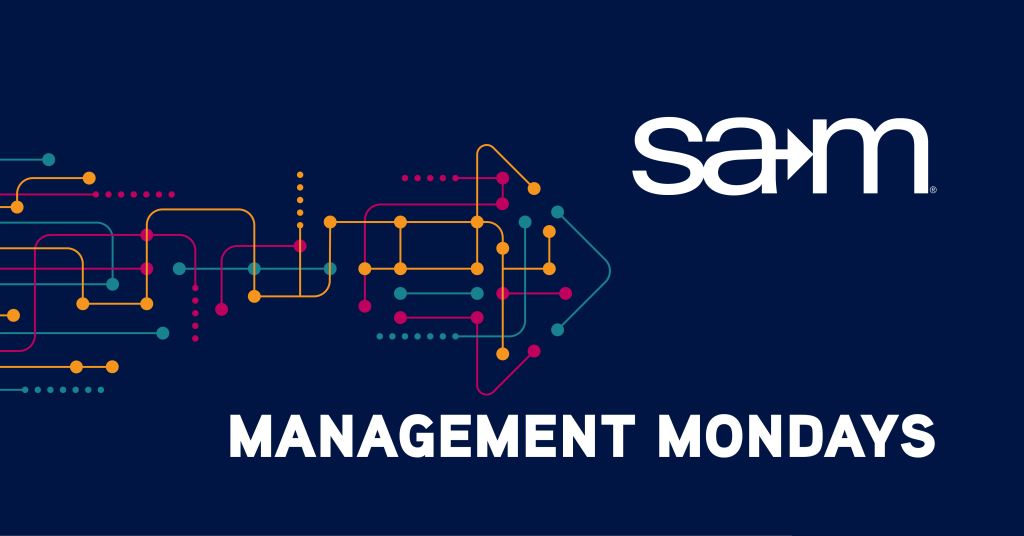
Many professionals assume that strong performance will naturally lead to recognition. They believe that if they work hard, follow the rules, and avoid mistakes, their efforts will be noticed. While this may happen in some environments, it is not a reliable strategy. In reality, waiting to be discovered often leads to frustration. Your contributions may be essential, but without visibility, others may not know the extent of your impact. Quiet excellence, while admirable, does not always translate into opportunity. To grow your career, you must be intentional about how others perceive your value.
Managing your professional brand means deciding what you want to be known for and making sure that message is consistent. This does not mean self-promotion at the expense of others or trying to impress people for the sake of attention. It means understanding how your work fits into the bigger picture and finding ways to communicate that connection. You are not just an employee completing tasks. You are a contributor helping your organization move forward. By framing your work in terms of outcomes and priorities, you help others see the importance of what you do. Visibility is not vanity. It is a tool for alignment and opportunity.
How Perception Shapes Opportunity
Perception plays a powerful role in professional advancement. Leaders often make decisions based on what they observe and hear, not just what is recorded in performance reviews. If you are seen as dependable but not strategic, you may be passed over for roles that require leadership. If you are known for technical skills but not collaboration, you may not be considered for cross-functional teams. These impressions are not always based on full information. They form through interactions, patterns, and moments when your presence or absence is noticed. To influence those impressions, you need to be present and engaged in ways that reinforce your strengths.
The goal is not to change who you are. The goal is to communicate who you are more effectively. You can shape perception by contributing ideas, participating in key conversations, and following through on commitments with clarity. People remember those who bring insight and value, especially when it connects to the team’s goals. Your reputation becomes a signal others use to decide whether to include you in new initiatives. By managing how you show up, you increase the chances that others will see your potential. Perception may not be the full story, but it often determines what chapters get read.
Building a Brand of Excellence
A personal brand is not a logo or a tagline. It is the consistent experience others have when working with you. It is built through behavior, communication, and follow-through. Professionals with strong brands are known for specific strengths, whether that is problem solving, mentorship, innovation, or execution. These strengths are reinforced by how they speak, listen, lead, and support others. The goal is to be known for qualities that align with the culture and goals of your organization. Your brand should reflect both what you do well and how you do it.
To build a brand of excellence, start by clarifying your values and strengths. Then look for opportunities to apply those strengths in visible and meaningful ways. Speak up in meetings when you have insight. Offer help when someone is struggling. Seek feedback to ensure your intentions are matching your impact. These actions, when repeated over time, create trust and recognition. They help people associate your name with quality and integrity. Your brand becomes your professional reputation, and it influences how others advocate for you behind closed doors.
Making Yourself Visible for the Right Reasons
Visibility should never be confused with self-promotion for its own sake. Being visible for the right reasons means being known for your contributions and the value you add. It involves taking ownership of your work, sharing results, and helping others see how your efforts align with shared goals. It also means participating in discussions that shape the direction of your team or organization. When you do this consistently, people begin to associate you with progress and reliability. You are no longer just filling a role. You are helping define it.
This kind of visibility is built over time, not through one presentation or one successful project. It is the result of deliberate engagement and strategic communication. You do not need to talk about everything you do. Instead, focus on the moments where your input matters most. Let your impact speak through results and relationships. When you become known for the right things, the right opportunities tend to follow. Visibility, when earned and sustained, becomes a career accelerant.
Final Thoughts
Your brand is not what you say about yourself. It is what others consistently experience when they interact with you. If you want to be seen as invaluable, you must first stop being invisible. That means taking responsibility for how your strengths are perceived and how your work is understood. Professionals who manage their brand do not leave it to chance. They take the time to clarify, communicate, and reinforce the value they bring to the table.
Building a strong brand is not about pretending to be something you are not. It is about choosing how to present the best of who you are, consistently and confidently. A well-managed brand helps others trust you, rely on you, and consider you for opportunities that match your potential. It shapes how decisions are made when you are not in the room. The professionals who rise are not just capable. They are known to be capable. That visibility is not a luxury. It is a strategy.
If you are ready to take control of your career and expand your impact beyond your current role, now is the time to build the skills that drive real progress. Enroll in our Talent Management and Career Development course to strengthen your ability to grow talent, starting with your own. This course provides practical strategies for navigating the five stages of the career life cycle and equips you with tools to identify skill gaps, apply effective training approaches, and support others through leadership development. SAM members receive a 20% discount, join today and take advantage of this and many other membership benefits!

Written By,
Patrick Endicott
Patrick is the Executive Director of the Society for Advancement of Management, is driven by a deep commitment to innovation and sustainable business practices. With a rich background spanning over a decade in management, publications, and association leadership, Patrick has achieved notable success in launching and overseeing multiple organizations, earning acclaim for his forward-thinking guidance. Beyond his role in shaping the future of management, Patrick indulges his passion for theme parks and all things Star Wars in his downtime.
